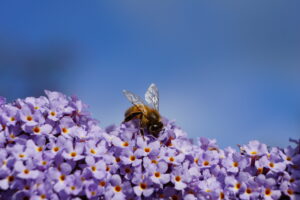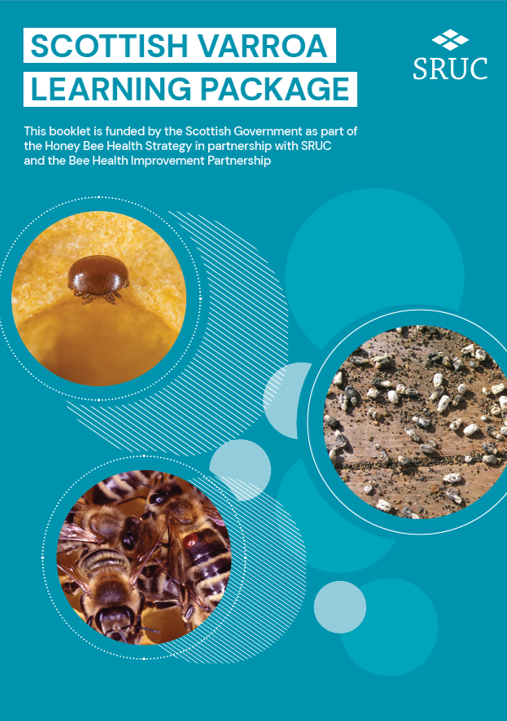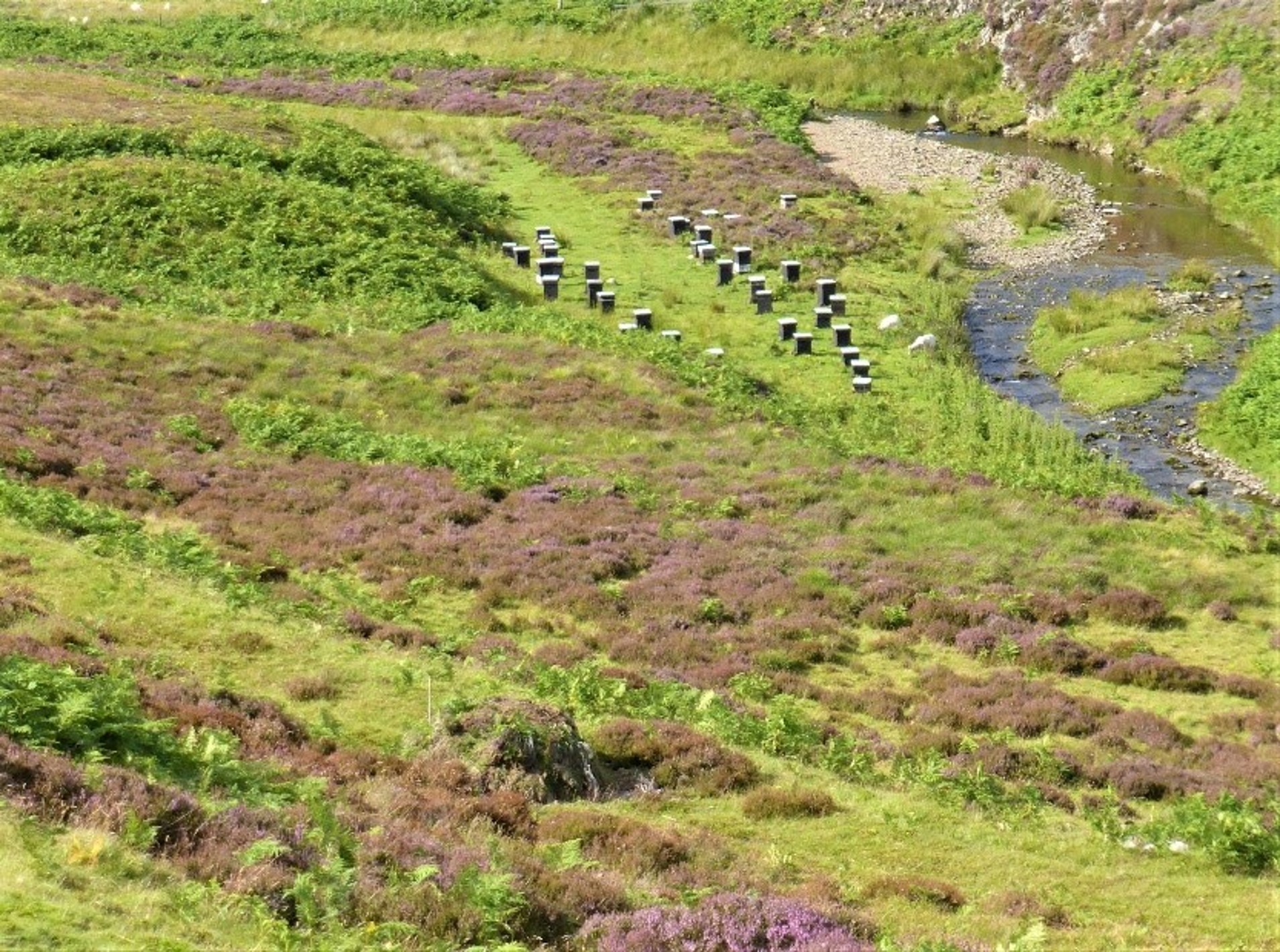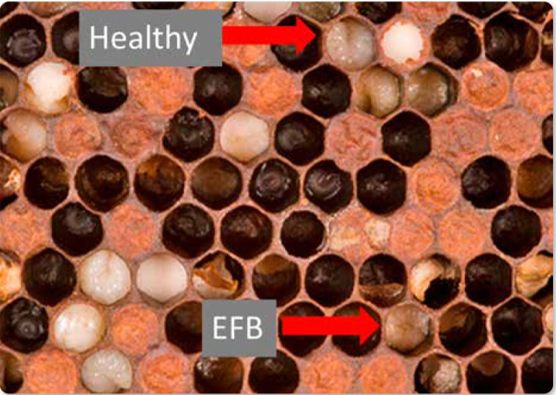Environment/Pollinators
Pollination and Environment
Flowers

The flowering plants (angiosperms), also known as Angiospermae or Magnoliophyta, are the most diverse group of land plants. Angiosperms are seed-producing plants like the gymnosperms (Conifers, Cycads, Ginkgos etc) and can be distinguished from the gymnosperms by a series of characteristics.
These characteristics include.
- flowers,
- endosperm (food store) within the seeds,
- the production of fruits that contain the seeds.
Etymologically, angiosperm means a plant that produces seeds within an enclosure; they are fruiting plants, although more commonly referred to as flowering plants. The name is from the Greek words angeion = vessel and sperma =seed, i.e. seed within a vessel or enclosure.
Plants attract pollinators by producing nectar. In return the pollinators pick up pollen from the flower’s anther(s) (male part) and distribute it to the stigma(s) (female part) of other flowers of the same species. This is called pollination. Fertilisation then occurs as the pollen enters the ovules of the flower.
The sugar in nectar is a product of photosynthesis. The action of sunlight on the catalyst chlorophyll (green stuff) in the leaves of plants, in conjunction with the absorption of the gas carbon dioxide, produces sugars and oxygen. This was originally and still is, a major generator of oxygen on Earth. Many plants exuded excess sugar solutions from pores (nectaries) in the plant. This can be seen in primitive plants such as ferns and has evolved in the advanced flowering plants into nectaries. The nectaries are usually located within the flower.
Chlorophyll has developed to be a remarkably efficient energy convertor – about 3 times as efficient as our best solar panels.
Pollinators

Honeybees are one species of innumerable pollinators. Because of their large colony sizes (approximately 50.000 per colony in midsummer), they are particularly suitable for pollinating certain farmed crops such as fruit trees and almond trees. They tend to prefer large quantities of flowers, but of course will visit the most productive plants irrespective of numbers.
It is commonly said that about one third of human nutrition is due to bee pollination. This includes the majority of fruits, many vegetables (or their seed crop) and secondary effects from legumes such as alfalfa and clover fed to livestock.
In 2000, Drs. Morse and Calderone of Cornell University, attempted to quantify the effects of just one pollinator, the Western honey bee, on US food crops. Their calculations came up with a figure of US $14.6 billion in food crop value.
This is probably truer in the US than in Europe, because they have vast areas of European crops (such as almonds) and few European natural pollinators (apart from the Honeybee).
In environments with a wide range of plant species, bees will visit all flowers that they can harvest. However, because of their shorter proboscises and tongues there are certain plants that are less well suited to honeybees than to other bees. An example is the red clover plant which has a fairly long flower trumpet. Bumble bees with their longer tongues can access the nectaries in red clover, but honeybees prefer wild white clover which has shorter flower trumpets. Some plants also require “buzz” pollination, whereby the flower has to be shaken in order to get it to release its pollen. An example is tomato. Bumble bees can buzz pollinate but not honeybees.
Sources of food for bees and other pollinators

Bees and other pollinators need both nectar (source of carbohydrate for energy) and pollen (source of protein for body building). It is important that these substances are available from early Spring to late Autumn.
Nectar is the sugary substance secreted in the nectaries of plants. It consists mainly of sucrose, glucose and fructose, water and small amounts of other substances such as salts, acids, enzymes, proteins and aromatic substances. Nectar is used for immediate consumption by the bees and is also converted into honey for storing as a food source in winter and times of dearth.
Pollen is the principal source of protein, fat and minerals in the bees’ diet. Brood cannot be reared without pollen. It is a body-building material.
Most plants produce both nectar and pollen. The following are some of the main providers of nectar and pollen.
Early Spring
Snowdrop, crocus, gorse, goat willow, yew. (all pollen only)
Spring
Sloe, dandelion, flowering currant (nectar only), rape, top fruit, bluebell sycamore,
horse chestnut, hawthorn, holly, rowan, laurel
Summer
Poppy (pollen only), thistle, hogweed, field bean, raspberry, white clover, charlock,
runner bean, lime, bramble, willow herb, bell heather.
Early Autumn
Evening primrose (pollen only), ling, Himalayan balsam.
Late Autumn
Ivy, Michaelmas daisy (pollen only).
Risks to Pollinators

There are two main risks to pollinators in the environment viz:
Lack of sufficient plant diversity due to the intensification of grain and grass farming
Use of chemical pesticides. These include insecticides, fungicides and herbicides.
The lack of sufficient nectar and pollen producing plants can be addressed by encouraging land use managers to leave wildflower borders around fields and encouraging local authorities to leave roadside verges uncut until the flowering season has passed. Urban gardeners can also allow small areas to re-wild by sowing yellow rattle (suppresses grass growth) and other wildflowers; also by growing garden flowers and shrubs that produce nectar and or pollen.
Whilst the current insecticides being used have been passed as safe for bees, the pass-off tests only include the single substance. Research has shown that when pollinators are exposed to multiple chemicals simultaneously, e.g. insecticides and a weedkiller such as glyphosate, the presence of the second chemical may multiply the effects of the insecticide. There is no legal requirement for multiple substance testing so far.
Many of the more potent insecticides are still in relatively uncontrolled use in urban gardens and gardeners should be encouraged to avoid the use of high-power insecticides. Insecticides have the effect of damaging the insects nerve cells, especially those concerned with orienteering.
abr 2023




